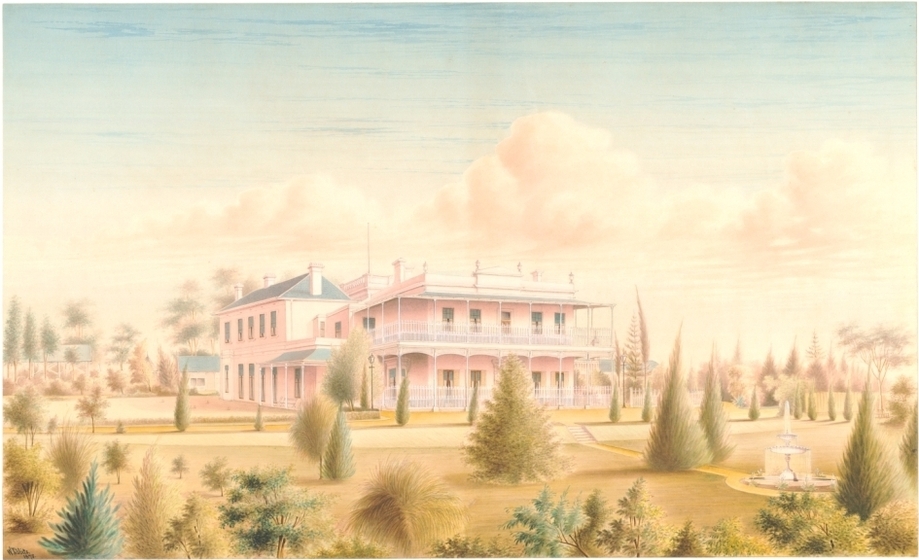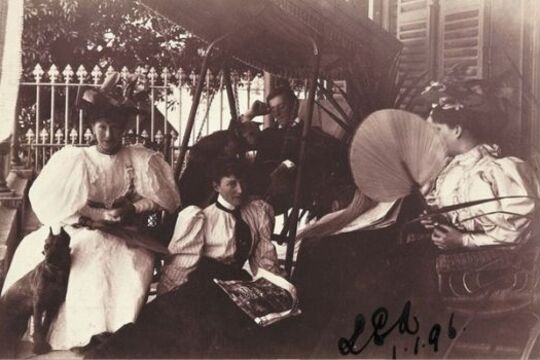Como House and the Armytage Family
The Armytage family owned Como House in South Yarra for nearly 95 years. The property was managed by the women of the family for more than seventy years from 1876 to 1959. The history of the Armytage family, and the families who worked for them, provides an insight into almost a century of life on a large estate.
Como was purchased in 1864 by Charles Henry Armytage and it became the home of Charles, his wife Caroline, and their ten children. Charles died in 1876 and Caroline in 1909. Their daughters Leila, Constance, and Laura lived on at Como and left an indelible impression there.
The last surviving children of Charles and Caroline - Constance and Leila - sold Como to The National Trust of (Vic) in 1959. Como was the first house acquired by the Trust. One of the most significant aspects of this purchase was the acquisition of the complete contents of the house. The Armytage sisters realized that if Como was to survive as an expression of their family and its lifestyle, it must remain intact as a home. They also left an extensive archive of diaries, letters, journals and photographs.
Boasting one of Melbourne’s finest gardens, an inspiring historic mansion, and an impressive collection of antique furniture, the property provides a glimpse into the privileged lifestyle of its former owners; one of Australia’s wealthiest pioneer families.
Life can be seen to contain two major elements: the animate and the inanimate. While the inanimate bricks and mortar, objects and pathways, help in our understanding of this family, it is the animate, the social history, which makes Como come alive.
The text above has been abstracted from an essay The Armytage Family of Como written by Adrea Fox for the publication The Australian Family: Images and Essays. The entire text of the essay is available as part of this story.
This story is part of The Australian Family project, which involved 20 Victorian museums and galleries. The full series of essays and images are available in The Australian Family: Images and Essays published by Scribe Publications, Melbourne 1998, edited by Anna Epstein. The book comprises specially commissioned and carefully researched essays with accompanying artworks and illustrations from each participating institution.













